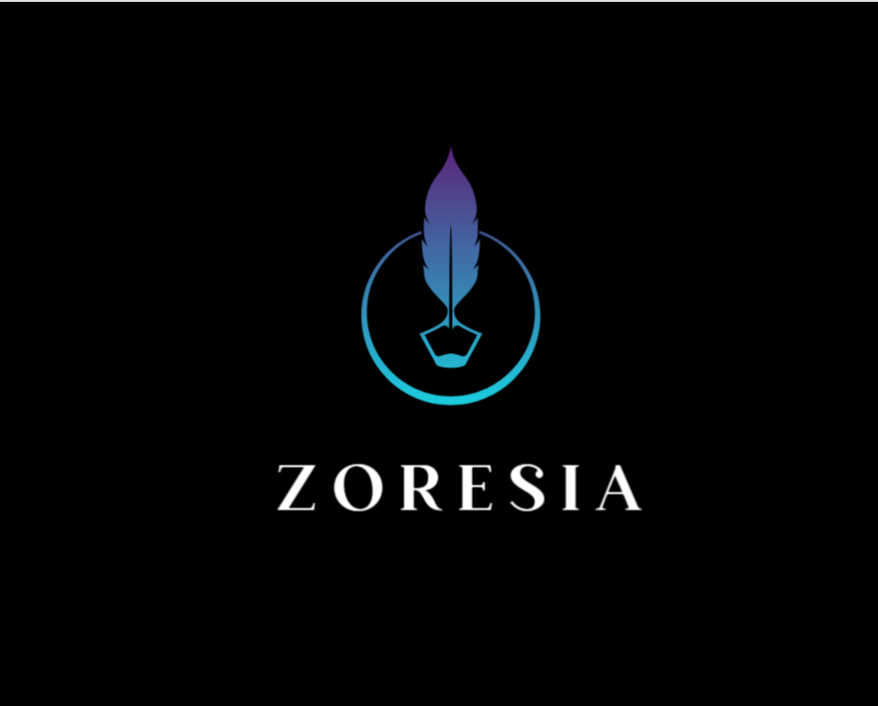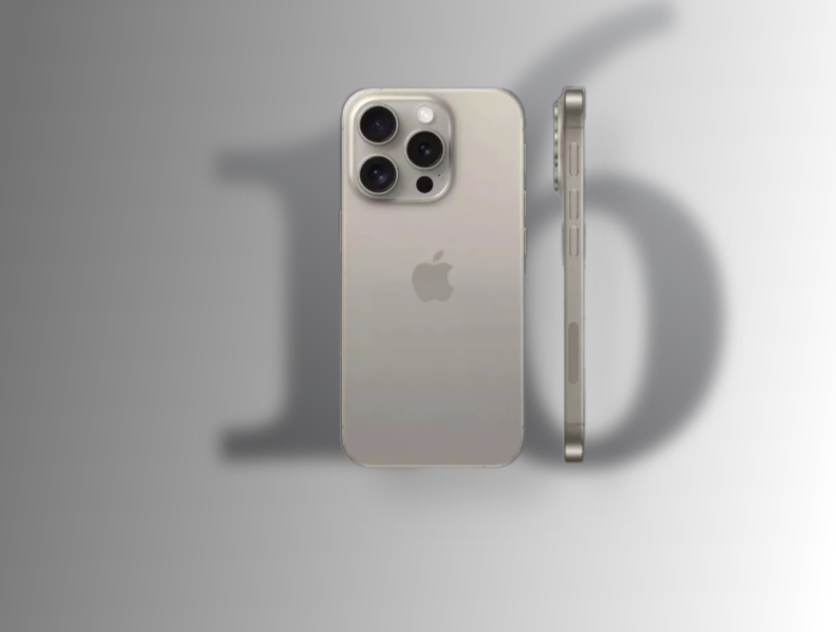The excitement of a new iPhone release never gets old. With the unveiling of the iPhone 16, tech enthusiasts are eager to know how it stacks up against its predecessor, the iPhone 15. This comprehensive comparison will delve into the design, performance, camera, battery life, software, connectivity, and value of both models to help you decide if the upgrade is worth it.
The releasing date : around September 2024
Design and Build Quality

Materials Used
The iPhone 15 boasts a sleek aluminum frame and a ceramic shield front, offering durability and a premium feel. The iPhone 16, however, steps up the game with a titanium frame, making it even more modern and lighter.
Aesthetics
While the iPhone 15 retains the classic iPhone look, the iPhone 16 introduces subtle changes like thinner bezels and a slightly smaller notch, giving it a more modern and refined appearance.
Durability
Both models are designed to withstand daily wear and tear, but the iPhone 16’s titanium frame and improved water resistance make it more durable, providing better protection against accidental drops and spills.
Display
Size and Resolution
The iPhone 15 features a 6.1-inch Super Retina XDR display with a resolution of 2532 x 1170 pixels. The iPhone 16, while maintaining the same size, enhances the resolution to 2778 x 1284 pixels, offering sharper and clearer visuals.
Technology
Both models use OLED technology, but the iPhone 16 introduces ProMotion technology with a 120Hz refresh rate, providing smoother scrolling and more responsive touch interactions.
Brightness and Color Accuracy
The iPhone 16’s display is not only brighter, reaching up to 1200 nits, but also offers better color accuracy, making it ideal for outdoor use and professional-grade photo and video editing.
Performance
- Processor
Under the hood, the iPhone 15 is powered by the A15 Bionic chip, known for its impressive speed and efficiency. The iPhone 16 takes it a notch higher with the A16 Bionic chip, promising faster performance and better energy efficiency.
- RAM and Storage
Both models come with similar RAM options, but the iPhone 16 offers more storage variants, including a new 1TB option, catering to users with extensive storage needs.
- Benchmark Results
Benchmark tests reveal that the A16 Bionic chip outperforms the A15, particularly in tasks involving AI and machine learning, making the iPhone 16 a powerhouse for gaming and multitasking.
Camera
- Lens and Sensor
The iPhone 15 features a dual-camera system with 12MP wide and ultra-wide lenses. The iPhone 16 upgrades to a triple-camera system, including a new 48MP wide lens, offering better detail and low-light performance.
- Features and Modes
The iPhone 16 introduces new camera features like ProRAW and ProRes video recording, catering to professional photographers and videographers. Night mode, Deep Fusion, and Smart HDR 4 are enhanced for even better results.
- Image and Video Quality
With its improved sensors and computational photography capabilities, the iPhone 16 delivers superior image and video quality, making it a significant upgrade for photography enthusiasts.
Battery Life
- Capacity
The iPhone 15 houses a 3,110mAh battery, providing all-day battery life under normal usage. The iPhone 16 features a slightly larger 3,200mAh battery, promising longer endurance.
- Performance
In real-world usage, the iPhone 16’s battery optimization, thanks to the A16 chip, results in better battery performance, especially during heavy tasks like gaming and video streaming.
- Charging
Both models support MagSafe and fast charging, but the iPhone 16 introduces faster wireless charging, reducing the time needed to reach a full charge.
Software and Features
- Operating System
The iPhone 15 runs on iOS 15, while the iPhone 16 comes pre-installed with iOS 16, featuring enhanced privacy settings, new widgets, and improved FaceTime capabilities.
- User Experience
The user experience on the iPhone 16 is smoother, thanks to the ProMotion display and the faster A16 chip. Features like Live Text and Visual Lookup are more responsive and accurate.
- Additional Features
The iPhone 16 introduces a new biometric sensor for improved Face ID recognition and faster unlock times, enhancing security and convenience.
Also iOS 18.1
Connectivity
5G and Wi-Fi
Both models support 5G, but offers broader band support for better connectivity in more areas. It also includes Wi-Fi 6E for faster and more reliable internet connections.
Ports
The iPhone 15 sticks with the traditional Lightning port, while the iPhone 16 transitions to USB-C, aligning with modern standards and providing faster data transfer and charging speeds.
Bluetooth and NFC
Bluetooth 5.2 and enhanced NFC capabilities in the iPhone 16 ensure better connectivity with accessories and improved performance in contactless payments.
Price and Value
Pricing
At launch, the iPhone 15 starts at $799, while the iPhone 16’s base model is priced at $899. The price difference reflects the enhancements and new features introduced in the iPhone 16.
Value for Money
Considering the advanced features, improved performance, and better durability, the iPhone 16 offers better value for money, especially for users looking for the latest technology and enhanced user experience.
Conclusion
Summary
In summary, the iPhone 16 brings several noteworthy improvements over the iPhone 15, including better build quality, display, performance, camera, and connectivity. These enhancements justify the price difference for those seeking the latest advancements in smartphone technology.
Recommendation
If you already own an iPhone 15, the decision to upgrade depends on your need for the new features and improvements. However, for those with older models or looking for the best available iPhone, the iPhone 16 is a solid choice.
Call to Action
What are your thoughts on the new iPhone 16? Are the upgrades compelling enough for you to make the switch? Share your opinions and experiences in the comments below!

